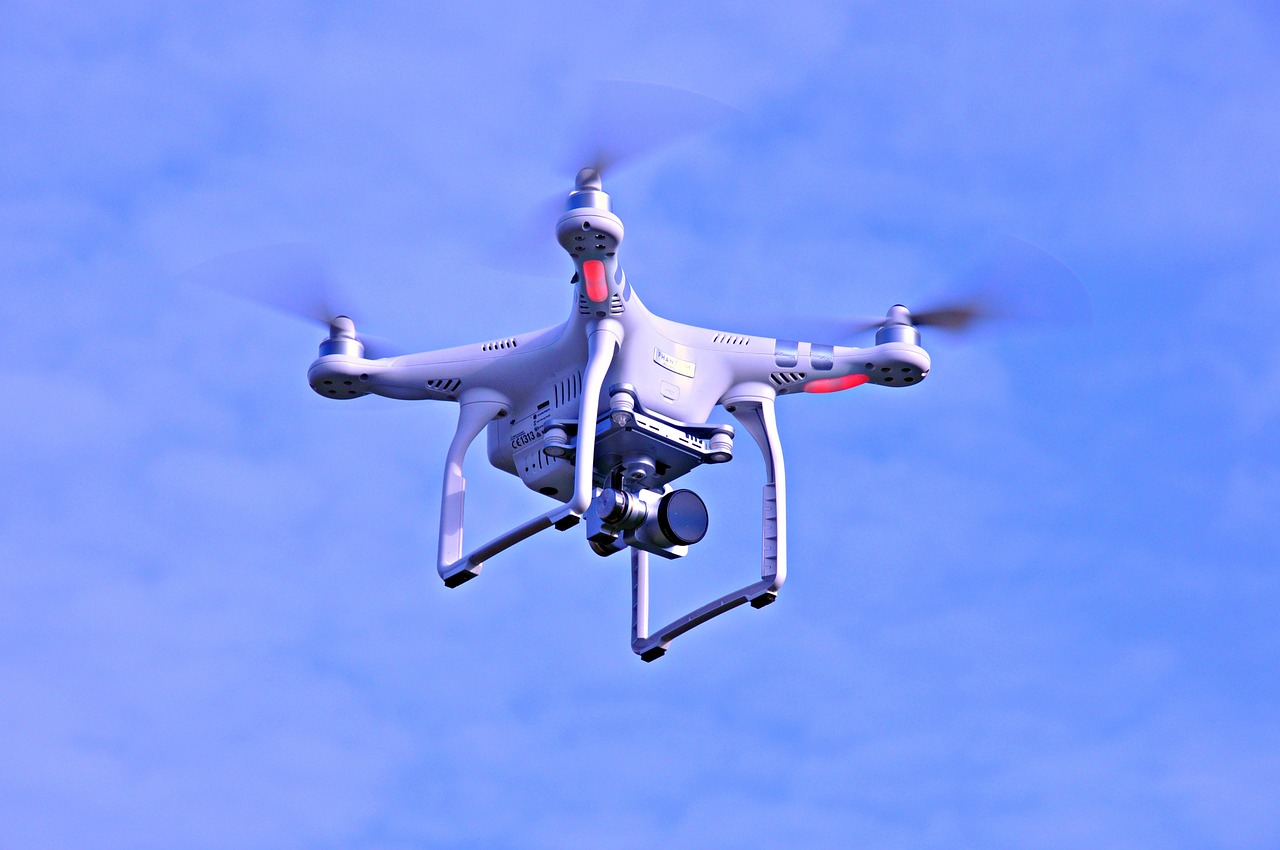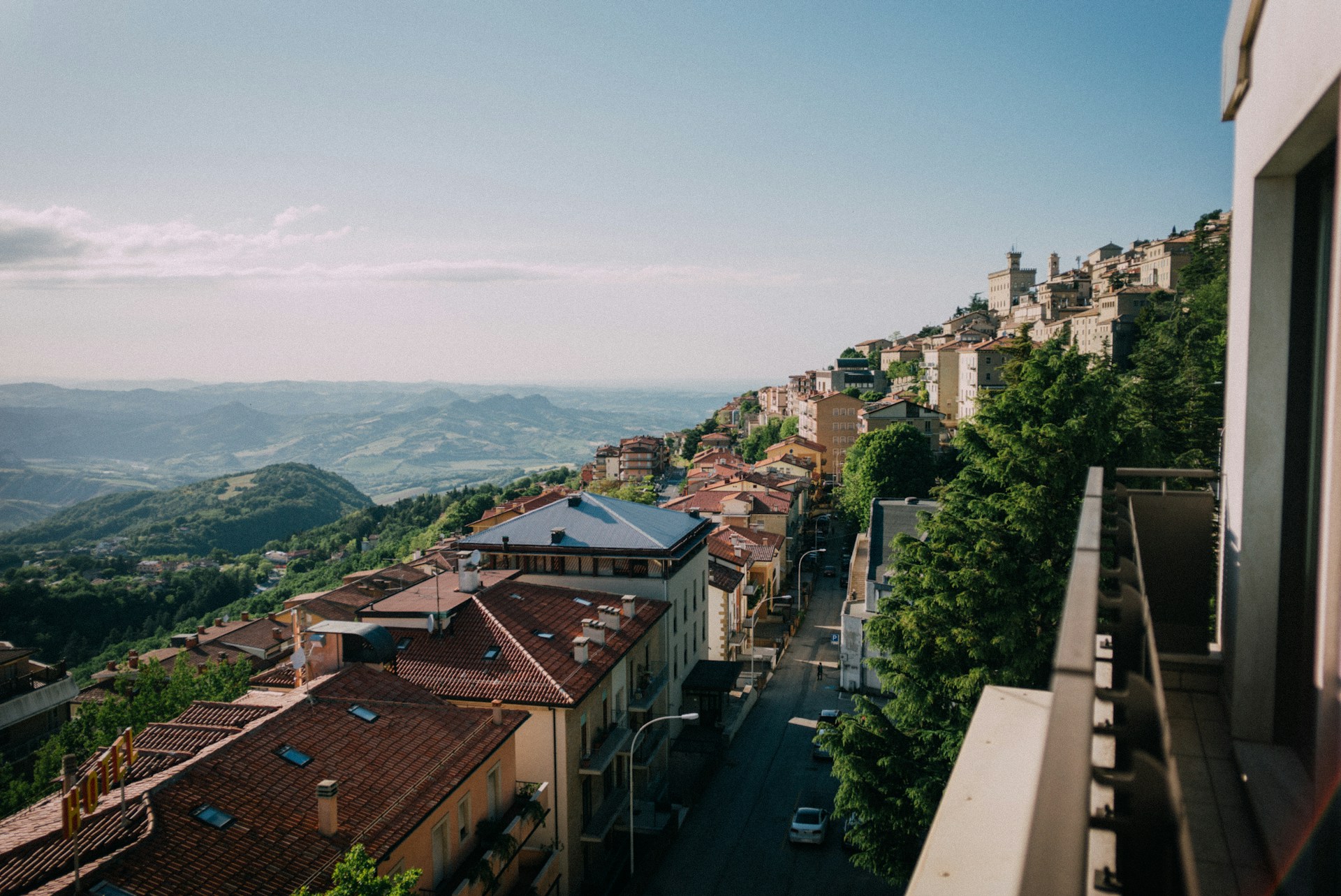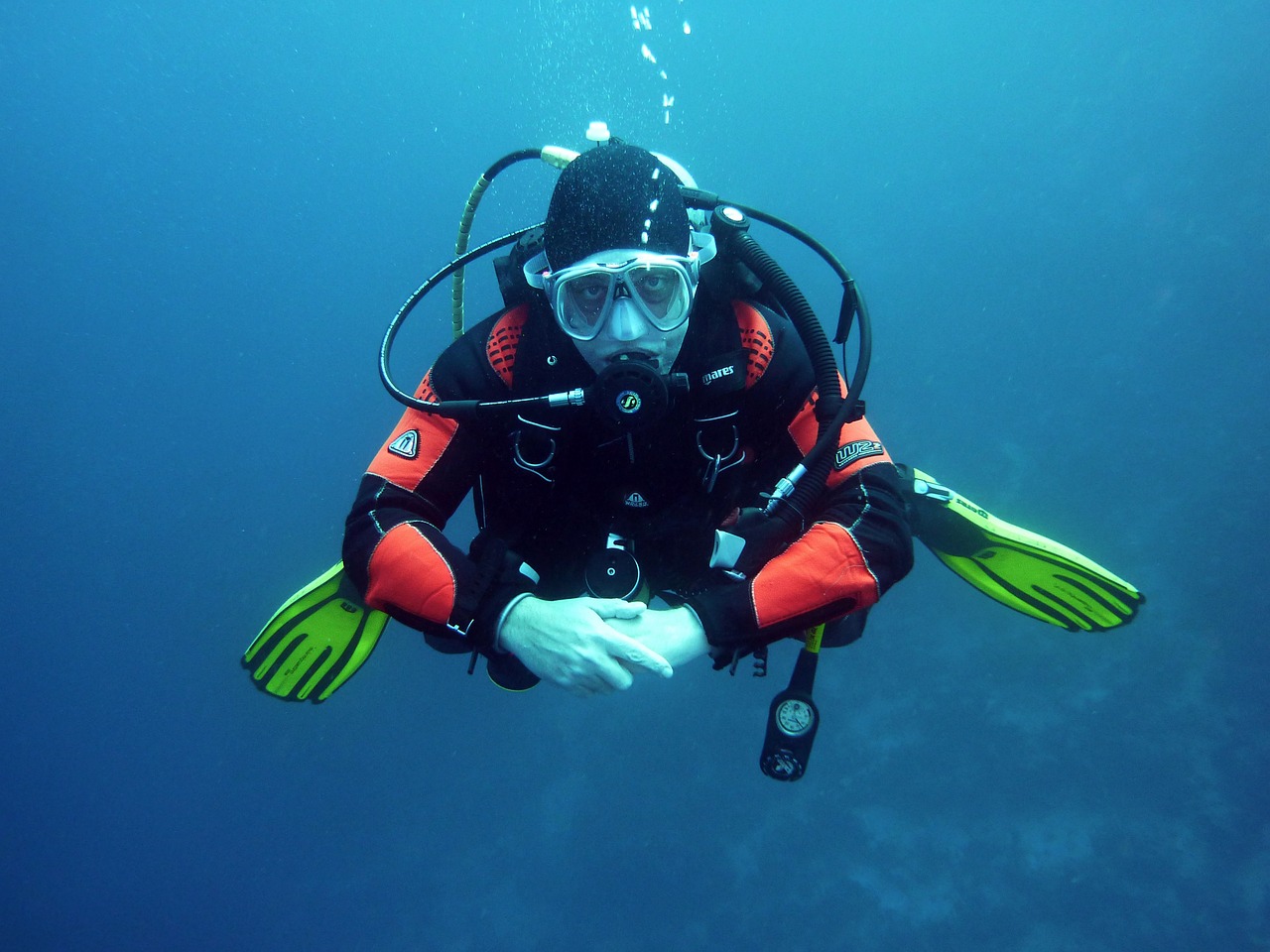Living a nomadic lifestyle offers unparalleled freedom, adventure, and the chance to explore new horizons. However, maintaining a consistent fitness routine can be challenging without access to a gym. Whether you’re a digital nomad working from a van, a backpacker traversing continents, or someone embracing a location-independent lifestyle, staying fit on the move is not only possible but can also enhance your travel experience. This guide explores practical, equipment-free fitness routines tailored for nomads, ensuring you can stay strong, healthy, and energized wherever your journey takes you.
Why Fitness Matters for Nomads
Fitness is more than just physical health; it’s a cornerstone of mental resilience and overall well-being, both of which are crucial for nomads navigating the unpredictability of travel. Regular exercise boosts energy levels, improves mood, enhances sleep quality, and builds the physical stamina needed for long hikes, carrying heavy backpacks, or adapting to new environments. Without a gym, nomads must rely on creativity, bodyweight exercises, and the natural world to stay fit. The routines outlined below are designed to be flexible, scalable, and adaptable to any location—be it a beach, a forest, or a cramped hostel room.
Principles of Nomad-Friendly Fitness
Before diving into specific routines, let’s establish a few guiding principles for fitness without a gym:
Portability: Exercises should require minimal or no equipment, relying primarily on bodyweight or easily accessible items like a backpack or water bottle.
Adaptability: Routines must work in diverse environments, from urban parks to remote campsites.
Scalability: Workouts should cater to all fitness levels, with options to increase or decrease intensity.
Time Efficiency: Nomads often have unpredictable schedules, so routines should be concise yet effective.
Holistic Approach: Incorporate strength, cardio, flexibility, and mobility to support overall health.
With these principles in mind, here are five fitness routines tailored for nomads, each designed to target different aspects of fitness and fit into a busy travel schedule.
Routine 1: Full-Body Bodyweight Circuit
Focus: Strength and Cardio
Duration: 20–30 minutes
Equipment: None
Location: Anywhere with enough space to move
This high-intensity circuit builds strength and endurance using only your body weight. It’s perfect for a quick workout in a park, hostel courtyard, or even a small hotel room.
Warm-Up (5 minutes)
Jumping Jacks: 1 minute to elevate heart rate.
High Knees: 1 minute, lifting knees to hip level while pumping arms.
Arm Circles: 30 seconds forward, 30 seconds backward to loosen shoulders.
Bodyweight Squats: 1 minute, focusing on form (knees behind toes, back straight).
Dynamic Stretching: 1 minute of leg swings or arm swings to improve mobility.
Circuit (3–4 rounds, 45 seconds work/15 seconds rest per exercise)
Push-Ups: Standard push-ups for chest, shoulders, and core. Modify by doing them on your knees if needed.
Squats: Keep feet shoulder-width apart, lower until thighs are parallel to the ground, then push back up.
Plank to Shoulder Tap: In a plank position, tap opposite shoulder with one hand, alternating sides to engage core.
Lunges: Step forward into a lunge, alternating legs, keeping torso upright.
Burpees: Combine a squat, plank, and jump for a full-body cardio blast.
Cool-Down (5 minutes)
Child’s Pose: 1 minute to stretch hips and lower back.
Hamstring Stretch: 1 minute per leg, reaching for toes.
Chest Opener: 1 minute, interlacing fingers behind back and lifting arms.
Deep Breathing: 1 minute to relax and lower heart rate.
Tip: Adjust intensity by increasing rounds or adding a weighted backpack for squats and lunges.
Routine 2: Nature’s Gym – Outdoor HIIT
Focus: Cardio and Functional Strength
Duration: 25–35 minutes
Equipment: Natural elements (rocks, logs, or a backpack)
Location: Parks, beaches, or trails
This high-intensity interval training (HIIT) routine leverages the natural environment, turning rocks, slopes, or trees into workout tools. It’s ideal for nomads camping or exploring rural areas.
Warm-Up (5 minutes)
Jog in Place: 2 minutes, gradually increasing speed.
Lateral Hops: 1 minute, jumping side to side over an imaginary line.
Torso Twists: 1 minute, standing with feet apart, rotating upper body.
Ankle Rolls: 30 seconds per foot to prep for uneven terrain.
Workout (4 rounds, 30 seconds work/30 seconds rest per exercise)
Sprint Uphill or on Flat Ground: Find a hill or flat path and sprint as fast as you can. Walk back during rest.
Rock/Backpack Overhead Press: Use a rock or loaded backpack, pressing it overhead from shoulder height.
Step-Ups: Find a sturdy log, rock, or bench. Step up and down, alternating legs.
Mountain Climbers: In a plank position, rapidly bring knees to chest, mimicking a climbing motion.
Tree Pull-Ups: If a low, sturdy branch is available, perform pull-ups or assisted pull-ups by keeping feet on the ground.
Cool-Down (5 minutes)
Seated Forward Fold: 1 minute, stretching hamstrings and back.
Side Stretch: 1 minute per side, reaching arm overhead.
Quadriceps Stretch: 1 minute per leg, pulling foot toward glutes.
Slow Walk: 1 minute to ease heart rate.
Tip: Use a backpack filled with clothes or water bottles to add resistance if no rocks are available.
Routine 3: Mobility and Flexibility Flow
Focus: Flexibility, Mobility, and Recovery
Duration: 15–20 minutes
Equipment: None
Location: Any quiet space
Travel can leave muscles tight from long bus rides or heavy backpacks. This routine combines yoga-inspired movements and dynamic stretching to improve flexibility and prevent injury.
Flow (Repeat 2–3 times, moving slowly and mindfully)
Cat-Cow Stretch (1 minute): On all fours, alternate arching and rounding your back to mobilize the spine.
Downward Dog to Cobra (1 minute): Flow from downward dog (hips up, forming an inverted V) to cobra (lying face-down, lifting chest).
Thread the Needle (1 minute per side): Thread one arm under body, resting shoulder on ground to stretch upper back.
Lunge with Twist (1 minute per side): In a low lunge, place one hand on the ground and rotate torso toward the bent knee.
Seated Spinal Twist (1 minute per side): Sit cross-legged, twist torso, and hold to stretch spine and hips.
Cool-Down (5 minutes)
Butterfly Stretch: 2 minutes, soles of feet together, gently pressing knees toward ground.
Neck Rolls: 1 minute, slowly circling head to release tension.
Corpse Pose: 2 minutes, lying flat, focusing on deep breathing.
Tip: Practice this routine in the morning to energize your day or in the evening to unwind.
Routine 4: Core and Stability Workout
Focus: Core Strength and Balance
Duration: 20 minutes
Equipment: None
Location: Any flat surface
A strong core supports posture, reduces back pain, and improves balance—essential for nomads carrying heavy loads or navigating uneven terrain.
Warm-Up (5 minutes)
Torso Circles: 1 minute, standing with hands on hips, rotating torso.
Leg Swings: 1 minute per leg, swinging leg forward and backward.
Plank Hold: 1 minute to activate core.
Side-to-Side Hops: 1 minute to warm up lower body.
Workout (3 rounds, 40 seconds work/20 seconds rest per exercise)
Bicycle Crunches: Lie on back, alternate touching elbow to opposite knee.
Side Plank: Hold on each side, keeping hips lifted and core tight.
Dead Bug: Lie on back, extend opposite arm and leg, then switch, keeping lower back pressed to ground.
Hollow Hold: Lie on back, lift legs and shoulders slightly off ground, holding core tight.
Bird Dog: On all fours, extend opposite arm and leg, hold briefly, then switch.
Cool-Down (5 minutes)
Child’s Pose: 2 minutes to stretch hips and core.
Cobra Stretch: 1 minute to open chest and stretch abs.
Seated Forward Fold: 2 minutes to relax hamstrings and lower back.
Tip: Focus on controlled movements to maximize core engagement.
Routine 5: Cardio Blast for Small Spaces
Focus: Cardiovascular Endurance
Duration: 15–25 minutes
Equipment: None
Location: Small spaces like hotel rooms or campsites
When space is limited, this cardio-focused routine keeps your heart rate up and burns calories without needing much room.
Warm-Up (5 minutes)
High Knees: 1 minute, running in place with knees high.
Butt Kicks: 1 minute, kicking heels toward glutes.
Arm Swings: 1 minute, swinging arms to loosen shoulders.
Side Lunges: 1 minute, stepping side to side to warm up hips.
Jumping Jacks: 1 minute to elevate heart rate.
Workout (3–4 rounds, 30 seconds work/15 seconds rest per exercise)
Skater Jumps: Leap side to side, landing on one foot, mimicking a speed skater.
High Knees: Run in place, lifting knees as high as possible.
Shadow Boxing: Throw punches (jabs, crosses) while moving feet lightly.
Squat Jumps: Perform a squat, then explode upward into a jump.
Fast Feet: Move feet quickly in place, staying on toes.
Cool-Down (5 minutes)
Standing Quad Stretch: 1 minute per leg.
Arm Across Body Stretch: 1 minute per arm.
Hamstring Stretch: 1 minute per leg.
Deep Breathing: 1 minute to relax.
Tip: Increase intensity by reducing rest time or adding a fifth round.
Integrating Fitness into a Nomad’s Lifestyle
Scheduling Workouts
Nomads often face unpredictable schedules, so aim for consistency rather than perfection. Schedule workouts during downtime, such as early mornings or after setting up camp. Even 15-minute sessions three to five times a week can yield significant benefits.
Using Your Environment
Embrace your surroundings as your gym. Stairs in a hostel can replace step-ups, a sandy beach can add resistance to sprints, and a tree branch can serve as a pull-up bar. Get creative with what’s available.
Nutrition on the Road
Fitness isn’t just about exercise—nutrition plays a critical role. Opt for portable, nutrient-dense foods like nuts, dried fruit, protein bars, or instant oatmeal. When possible, shop at local markets for fresh produce. Stay hydrated, especially in hot climates or during intense workouts.
Tracking Progress
Without gym equipment, tracking progress can be tricky. Use a journal or app to log workouts, noting repetitions, rounds, or how you feel. Take photos or measurements periodically to monitor physical changes. Apps like Strava or FitNotes can track bodyweight workouts and outdoor activities.
Staying Motivated
Travel can be exhausting, and motivation may wane. Set small, achievable goals, like completing three workouts a week or mastering a new exercise. Partner with fellow travelers for group workouts, or join online fitness communities for nomads to share tips and stay accountable.
Overcoming Common Challenges
Lack of Space: Use small-space routines like Routine 5 or focus on isometric exercises (e.g., planks, wall sits).
Fatigue from Travel: Opt for low-intensity routines like Routine 3 on tiring days to promote recovery.
Weather Constraints: In rain or extreme heat, adapt by doing indoor workouts or using covered areas like gazebos.
Equipment Limitations: Use your backpack, water bottles, or natural objects as weights. Resistance bands are lightweight and portable if you want minimal gear.
Sample Weekly Schedule
To balance fitness and travel, here’s a sample weekly routine:
Monday: Full-Body Circuit (Routine 1)
Tuesday: Mobility and Flexibility Flow (Routine 3)
Wednesday: Rest or light walking
Thursday: Nature’s Gym HIIT (Routine 2)
Friday: Core and Stability (Routine 4)
Saturday: Cardio Blast (Routine 5)
Sunday: Rest or active recovery (light stretching or walking)
Adjust based on travel plans, energy levels, and available space.
Conclusion
Staying fit as a nomad without a gym is not only achievable but can also enhance your travel experience. By leveraging bodyweight exercises, natural environments, and creative scheduling, you can build strength, endurance, and flexibility anywhere in the world. These routines are designed to be flexible, requiring minimal space and equipment, so you can stay active whether you’re in a bustling city or a remote wilderness. Embrace the freedom of the nomadic lifestyle, and let fitness be a part of your journey, keeping you strong and ready for whatever adventure comes next.














